- Write by:
-
Monday, March 2, 2020 - 10:56:56 AM
-
667 Visit
-
Print
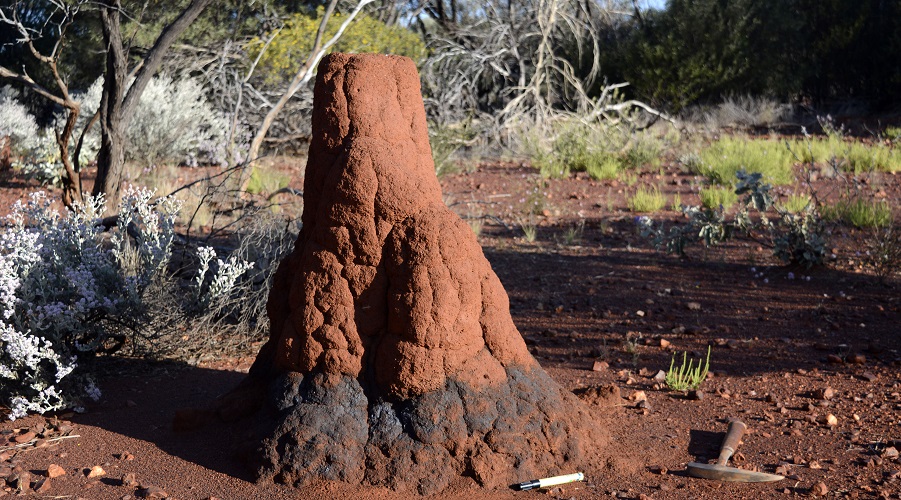
Mining News Pro - Researchers from Australia’s national science agency, CSIRO, conducted a study in the southern Pilbara region that led them to conclude that hidden metal deposits can be discovered using metallic blue crusts in soils and on termite mounds as signposts.
According to Mining News Pro - The scientists used new advances in sample analysis to show how metallic blue crusts, known as manganese crusts, display unique zinc signatures that indicate the presence of other base metals in the surrounding area.
The manganese crusts are also found in rock and cave varnishes, making them an easily accessible exploration tool for base metals including nickel and cobalt.
“We’ve shown that analysing zinc isotopes found in manganese crusts have huge potential to be used to explore for these metal deposits, and others,” Sam Spinks, head of the research team, said in a media statement.
In their fieldwork, Spink’s group analysed termite mounds and soils close to a zinc-lead-silver deposit and compared these data to samples from elsewhere, to prove the connection.
“Zinc is commonly found in most base metal deposits, and over time, it is released and ends up in a range of natural materials such as soils, termite mounds and vegetation,” Spinks said. “The zinc is altered as it moves from the metal deposit to the surface, which has traditionally made it unreliable as an exploration tool, but we’ve been able to apply recent advances in data analysis to understand it in more detail.”
According to the expert, this new research shows that now it is possible to measure zinc variations, or isotopes, to accurately identify what metal deposit lies deep underground.
Short Link:
https://www.miningnews.ir/En/News/495227

Interros, Nornickel’s largest shareholder, on Monday called allegations by fellow shareholder Rusal about undervalued ...
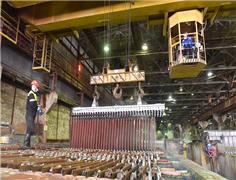
The London Metal Exchange (LME) on Saturday banned from its system Russian metal produced on or after April 13 to comply ...
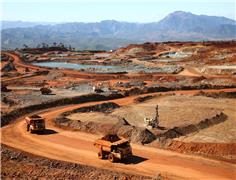
French mining group Eramet said on Wednesday it had reached an agreement with the French government to continue its ...
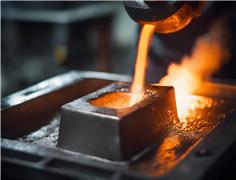
Copper jumped to its highest intraday price since January 2023 as the bellwether industrial metal faces rising tighter ...

A US and European Union push to reach an accord on fostering critical mineral supply chains is set to miss another ...
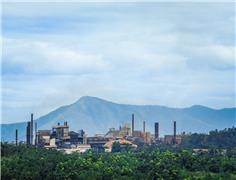
Indonesia’s mining minister on Wednesday said divestment of Vale Canada Ltd and Sumitomo Metal Mining Co. Ltd’s shares ...

The United States speaks regularly with the Democratic Republic of Congo’s state miner Gecamines, a senior State ...
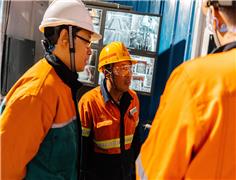
Battery metal prices are on the floor, and massive expansions by Chinese miners have been instrumental in driving them ...
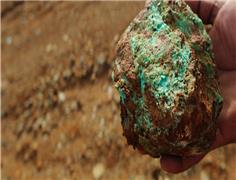
Indonesian state-controlled miner Aneka Tambang (Antam) aims to launch the construction of two nickel processing ...
No comments have been posted yet ...